The Impact of OEM on Tea Market Competitiveness
Ah, tea the elixir of life, the liquid hug in a cup, and the universal symbol for calm amidst chaos. But behind every soothing sip lies a bustling industry fueled by innovation, competition, and, yes, acronyms. Enter OEM, or Original Equipment Manufacturer, the unsung hero or mischievous troublemaker of the tea market’s competitive landscape.
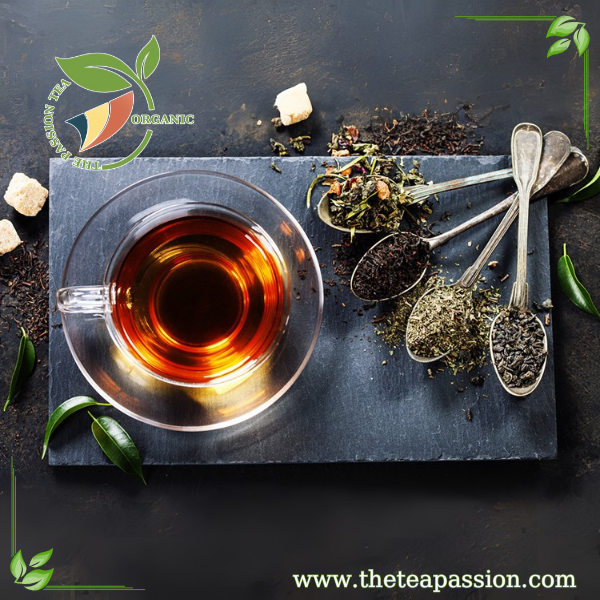
Now, before you roll your eyes and mutter, “Not another business buzzword,” let me assure you: OEM in the tea industry is far more intriguing than it sounds. It’s not just about machines churning out tea bags faster than you can say “Earl Grey.” It’s about strategy, branding, and the delicate dance between tradition and modernity. So, grab your favorite brew and let’s dive into how OEM is steeping itself into the tea market’s competitiveness.
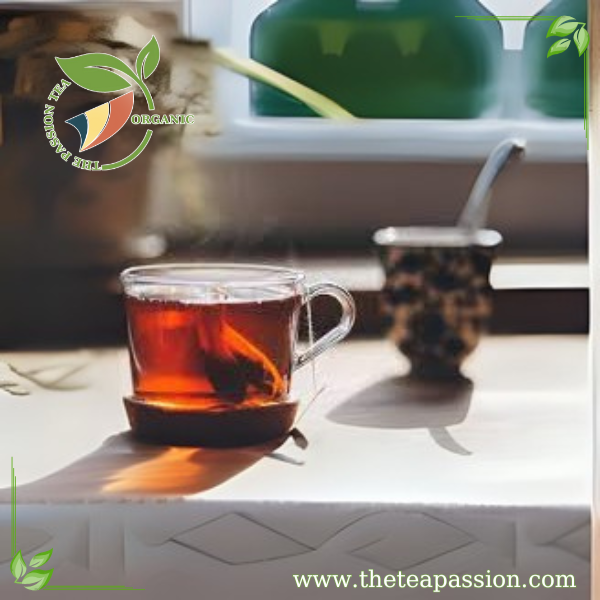
OEM: The Wizard Behind the Curtain
In layman’s terms, OEM refers to companies that produce goods or components for other brands to sell under their own labels. Think of it as the ghostwriter of manufacturing doing all the hard work but letting someone else take the credit. In the tea world, this often means producing tea bags, loose leaf blends, or even fancy pyramid sachets for big-name brands or boutique tea startups.
But here’s where it gets juicy: OEMs don’t just stop at production. They’re often involved in research and development, packaging, and even flavor innovation. They’re like the backstage crew of a Broadway show critical to success but rarely in the spotlight.
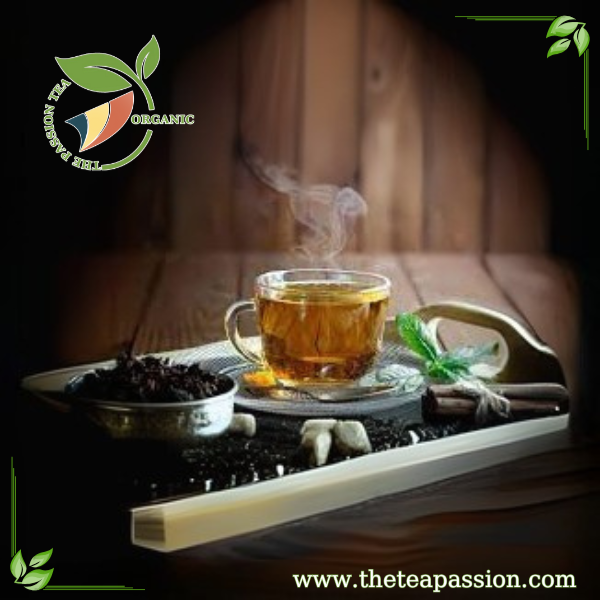
The Competitive Edge
So how does this covert operation impact competitiveness in the tea market? For starters, OEM allows smaller brands to enter the fray without needing a sprawling factory or a team of chemists. They can focus on marketing their “organic lavender chai with a hint of moonlight” while leaving the nitty-gritty of production to seasoned OEMs.
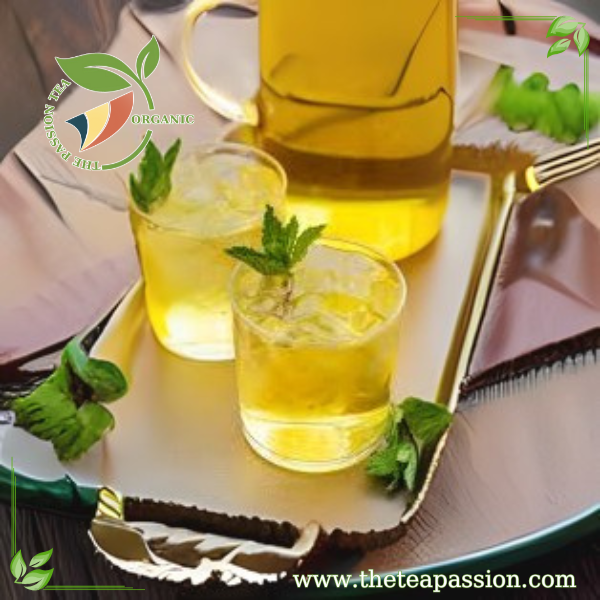
This levels the playing field, making it possible for niche players to tango with industry giants. Suddenly, your quirky local tea shop can offer blends that rival those of multinational brands all thanks to OEM partnerships.
On the flip side, big brands benefit too. By outsourcing production to specialized OEMs, they can cut costs, streamline operations, and focus on what they do best: convincing you that their tea will transform your mornings into a Zen retreat.
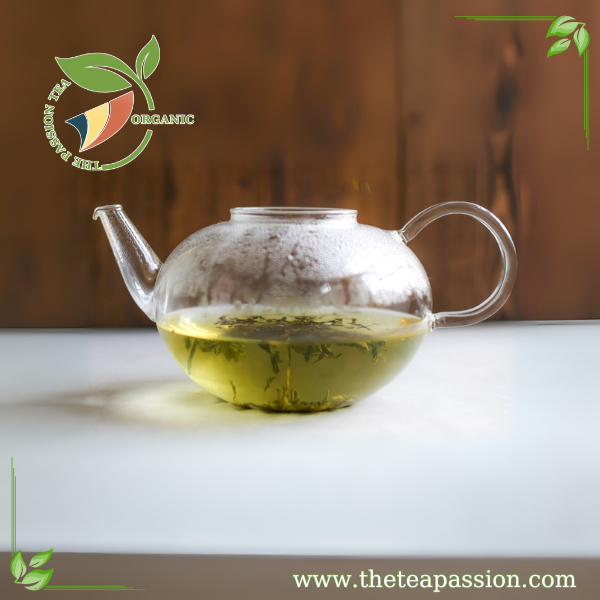
The Flavor Arms Race
Let’s not forget the role of innovation. OEMs are often at the forefront of flavor experimentation testing everything from turmeric-infused green tea to bubblegum-flavored black tea (yes, that exists). Their ability to churn out unique blends at scale pushes brands to constantly up their game.
This has created a sort of “flavor arms race” in the tea market, where brands compete not just on quality but on novelty. One week it’s matcha with a hint of pineapple; the next it’s hibiscus blended with rose petals and a dash of nostalgia. And who’s behind these concoctions? You guessed it: OEMs.
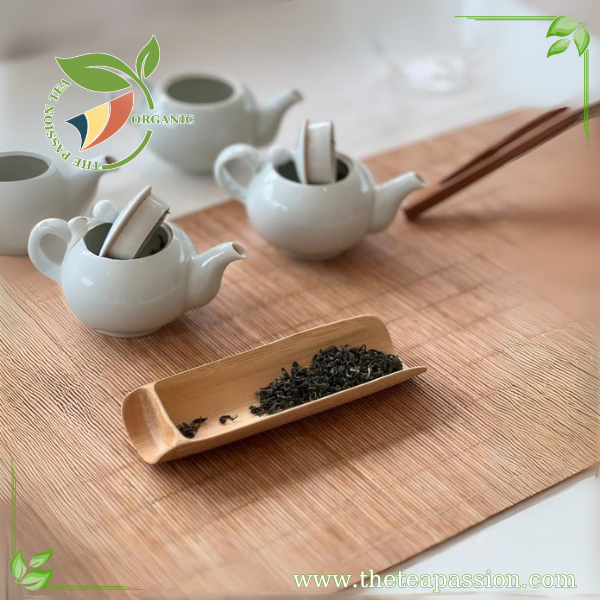
Challenges Brewing in the Pot
Of course, it’s not all smooth sailing. For one, OEM partnerships require trust lots of it. Brands need to ensure their chosen OEM adheres to quality standards and ethical practices. After all, no one wants their “fair-trade chamomile” exposed as anything but fair.
There’s also the risk of homogenization. If too many brands rely on the same OEMs, their products might start tasting suspiciously similar. Imagine ordering a “bold Assam breakfast blend” only to discover it tastes identical to your neighbor’s “robust morning brew.” That’s a branding nightmare waiting to happen.
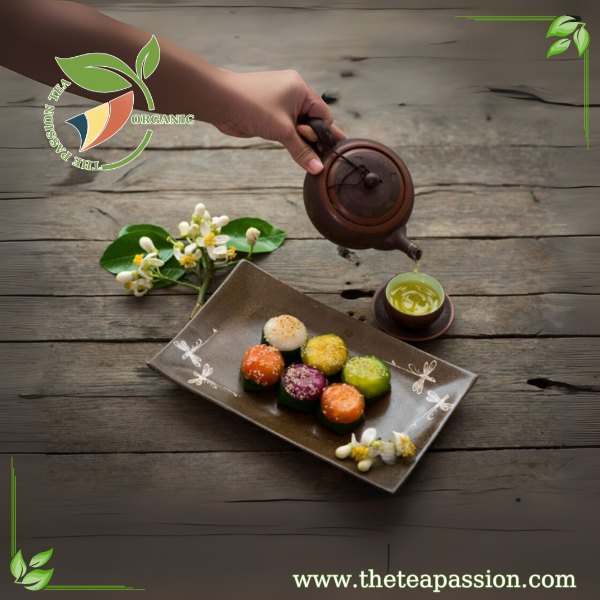
The Tea Leaves Don’t Lie
So, what does the future hold for OEM in the tea market? Well, as consumer preferences continue to evolve (hello, oat milk matcha lattes), OEMs will play an increasingly pivotal role in helping brands adapt and innovate. Whether it’s creating biodegradable tea bags or perfecting cold brew tea sachets, OEMs are poised to shape the next chapter of tea history.
OEM is like that friend who quietly supports you from behind the scenes making you look good while letting you take all the credit. Its impact on tea market competitiveness is undeniable, blending cost-efficiency with creativity in ways that benefit both brands and consumers.
So next time you sip your favorite brew, spare a thought for the invisible hands that made it possible. Because behind every great cup of tea is an OEM working its magic and probably wondering why it doesn’t get invited to more tea parties.
